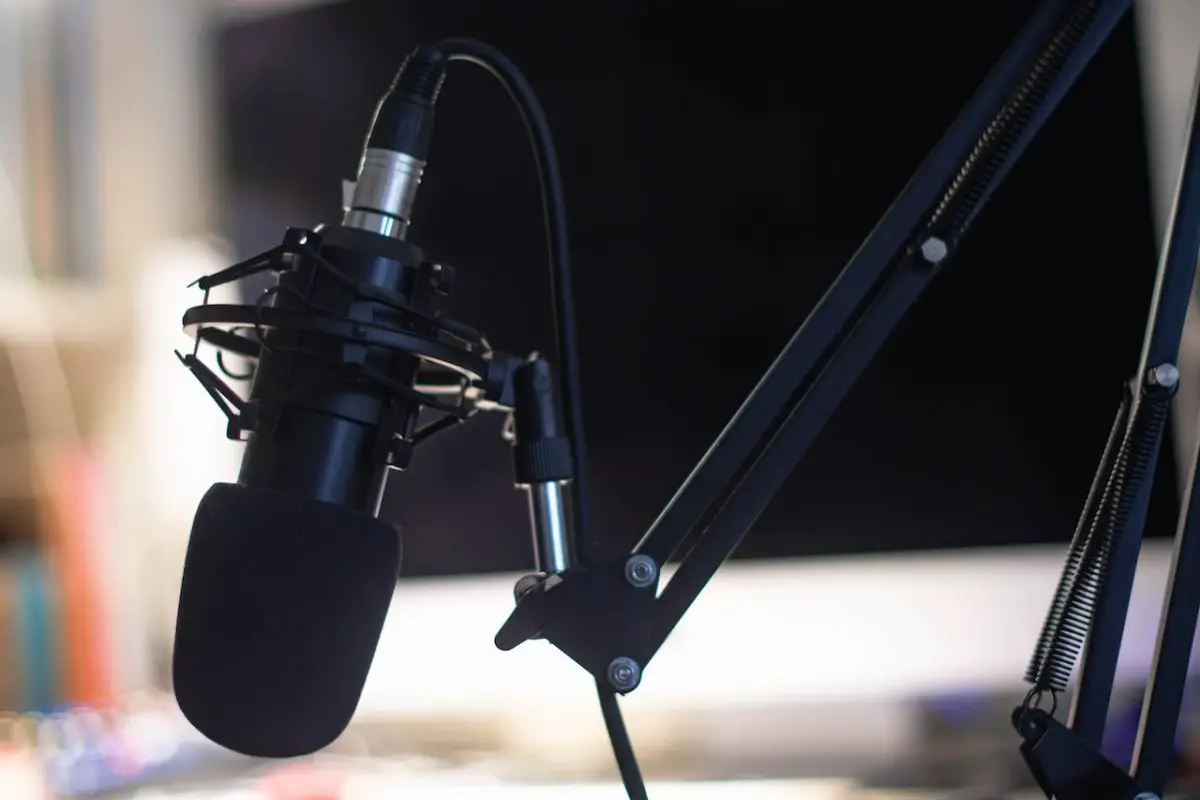If you want a microphone that can pick up the subtleties of speech, a subcardioid microphone might be the best choice. This microphone is often used for audio recording and broadcasting, where sound quality is very important. But what are subcardioid microphones?
In this post, we will answer these questions and more so that you can understand how this type of microphone works and how to use it effectively.
What is a subcardioid microphone? Subcardioid microphones have polar patterns between omnidirectional and cardioid. It only works in one direction, so it’s more sensitive to noises along the axis, but it’s still clear in all directions (though with less volume).
What is a subcardioid microphone?
A subcardioid microphone is a cross between an omnidirectional and a cardioid microphone. It is also sometimes called a “broad cardioid” because it has a bigger pickup area in the front and a smaller one in the back.

There is less chance of the “proximity effect,” and the low end sounds more natural. But again, this has the downside of making the system more likely to pick up noise and start a feedback loop.
Subcardioid microphones are not subpar, despite their rarity. These microphones work well in professional recording studios with good acoustics and smaller, more personal settings. Remember that you will need to use in-ear monitors for your recordings since the subcardioid does not completely block sound from any direction.
Characteristic of subcardioid microphone
- There are no null points.
- There are no sensitive lobes.
- Unidirectional
- Sides are approximately 3 dB less sensitive (90° & 270°).
- Around 10 dB less sensitive towards the back (180°).
- It shows only a minor proximity effect
- Resistance to vocal plosives is moderate.
- Excellent for both close and distant micing.
- At higher frequencies, it becomes more directed (becoming more cardioid or even supercardioid)
- Lower frequencies become less directional (may take the shape of an omnidirectional pattern)
- An omnidirectional and bidirectional design at a 7:3 ratio (superposition)
AKAI Professional MPK Mini MK3

AKAI Professional MPK Mini MK3
How is the subcardioid polar pattern achieved?
The pressure-gradient acoustic principle is used to achieve the subcardioid/wide cardioid, with both sides of the microphone diaphragm open to external sound pressure. The front side of the diaphragm of the microphone is totally exposed to sound waves.
The back side is surrounded by an acoustic labyrinth that prevents sound waves from reaching the diaphragm. As a result, the subcardioid microphone is more sensitive to sounds coming from the front and less sensitive to noises coming from the back.
At higher frequencies, many omnidirectional microphones
adopt a more subcardioid pattern
In this polar pattern, there are no null points. The subcardioid is analogous to an omnidirectional microphone. At higher frequencies, many omnidirectional microphones adopt a more subcardioid pattern (since microphones naturally become more directional at higher frequencies).
When should you use a subcardioid microphone?
The best moment to use a subcardioid microphone depends on the circumstances and requirements. So, there is yet to be a universally applicable solution to this topic. On the other hand, here are a few suggestions that might be helpful:
- In any situation when a somewhat more directed omnidirectional microphone is required.
- To record a sound source as well as the sound of the acoustic environment.
- For single sources in iso booths that require reduced proximity effect.
- To limit the likelihood of voice plosives, use single sources in iso booths.
- In order to achieve a natural pickup with some directionality.
- To naturally catch sounds in the front while rejecting certain sounds in the back.

When should you avoid using a subcardioid microphone?
While there are many reasons you would want to use a subcardioid microphone, there are some circumstances where you’d want to avoid it.
- In live sound reinforcement scenarios where high gain-before-feedback is required.
- To capture single sound sources in less-than-ideal acoustic conditions.
- In noisy circumstances, close-mic/isolate a single sound source.
Subcardioid microphones can be helpful in many situations, but you should always try one out to ensure it works with your workflow.
If you want even more tips and insights, watch this video called “Microphone Polar Patterns: The Basics” from the Leisuretec Distribution Ltd YouTube channel.
Frequently asked questions (FAQ)
Do you still have questions? Below are some of the most commonly asked questions about subcardioid microphones.
What are the three polar patterns?
The three most common polar patterns are designs are omnidirectional, unidirectional, and bidirectional.
What is a polar response pattern?
A microphone’s polar pattern specifies how much sound is taken up from various directions. If you choose the right pattern, you can change the balance between the dry and ambient sounds.
What is a Ffgure 8 microphone?
A microphone with a bidirectional (Figure 8) or omnidirectional (circle) pickup pattern will pick up sound from the front and back but strongly reject sound from the sides.
Conclusion
With so many microphones on the market today, it can be hard to know when you’re choosing the right one. But subcardioid microphones are known for their high-quality sound, which lets you record professional-level audio from almost any angle. When using this type, you must keep the right distance between you and your microphone.
Here are some key takeaways:
Key takeaways
- Subcardioid is the middle ground between omnidirectional and cardioid.
- Subcardioid microphones have a low-frequency response.
- The subcardioid mic will exhibit a more hyper cardioid-like pattern at the upper end of its frequency response.
- The subcardioid pattern excels when the sound source is mobile yet close to the front of the mic.
- A polar pattern permits stronger cancellation than the more general cardioid.
So do you prefer to use a subcardioid microphone? And did I cover everything you wanted to know? Let me know in the comments section below (I read and reply to every comment). If you found this article helpful, share it with a friend, and check out my full blog for more tips and tricks on music production. Thanks for reading, and never stop making music.















